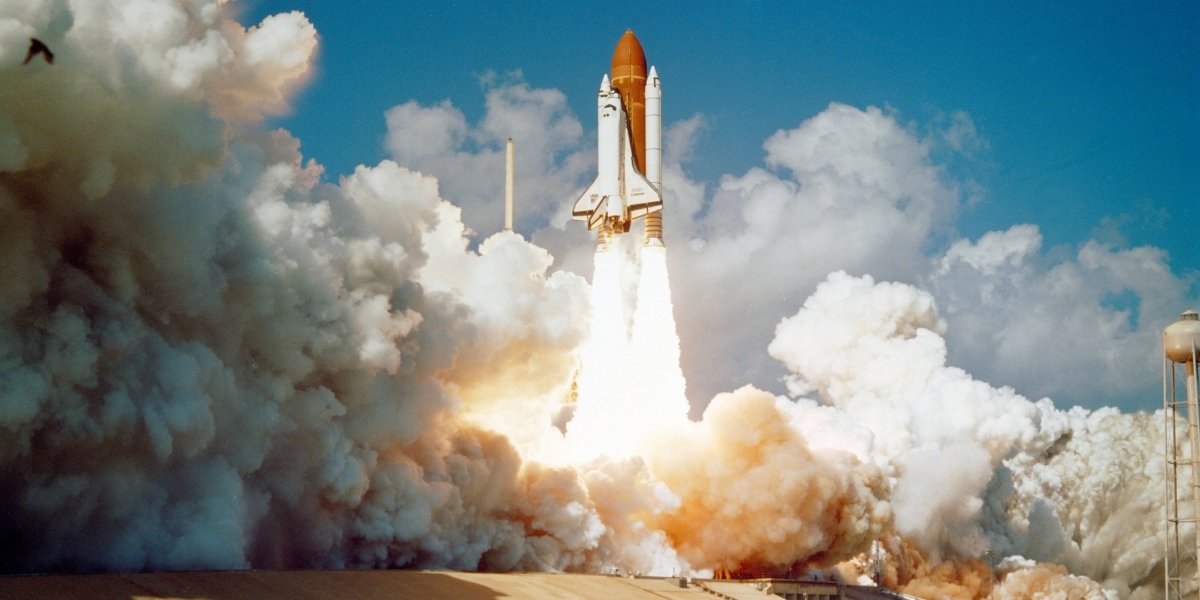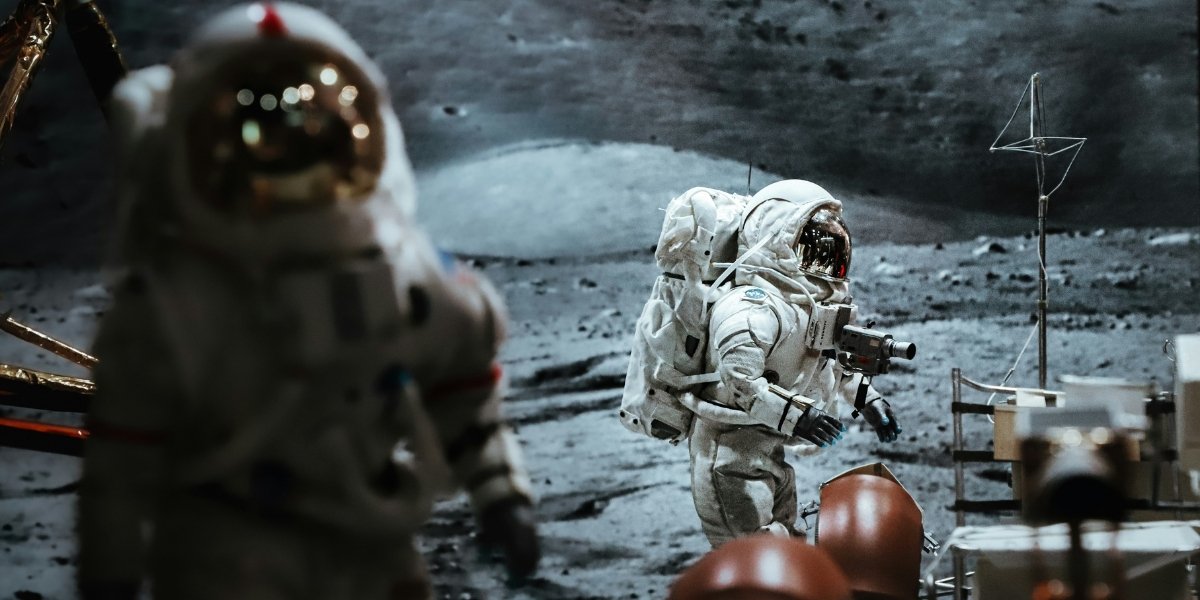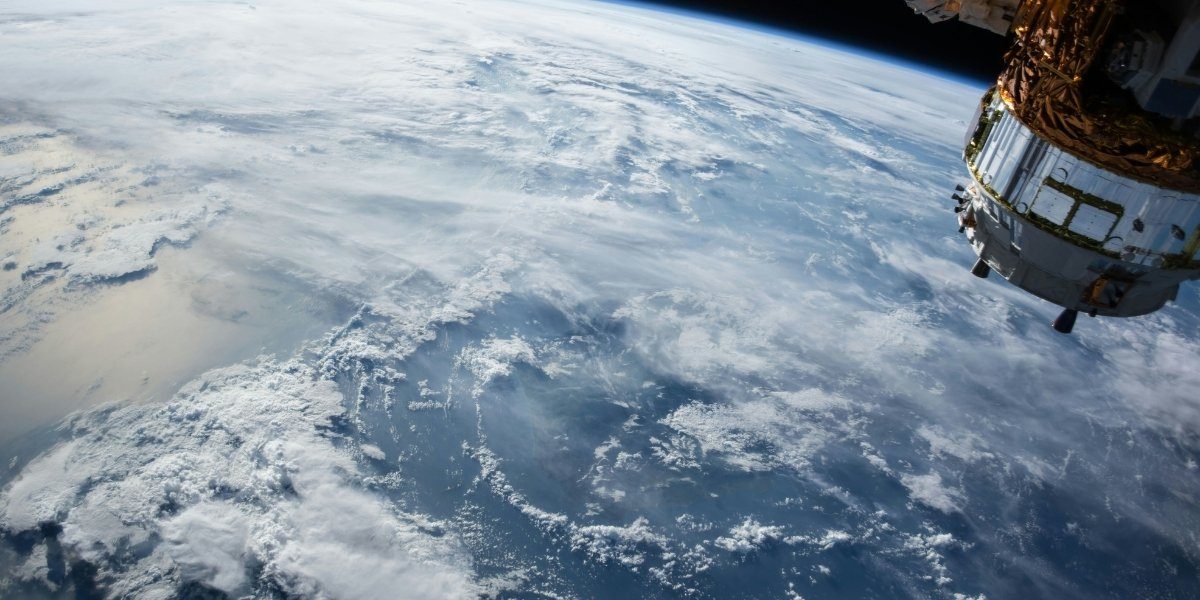SpaceX Crew-11: Looking Ahead to NASA’s Next Historic Journey
The vast expanse of space continues to beckon, and at the forefront of human exploration stands NASA, consistently pushing the boundaries of what is possible. As the agency prepares for its next significant endeavor, the SpaceX Crew-11 mission represents not just another launch, but a crucial step in understanding how humans can live and work beyond Earth. This upcoming journey to the International Space Station promises to expand our knowledge of long-duration spaceflight, paving the way for future missions to the Moon and even Mars. It is a testament to persistent innovation and the spirit of global cooperation in scientific discovery.
Read Also: Latest Planet Discoveries: What’s New in April 2025?
The Crew-11 mission carries a particular weight, focusing on critical research that will inform how astronauts can maintain their health and capabilities during extended stays in microgravity and when transitioning to different gravitational environments. For years, scientists at NASA have been observing the physiological changes that occur in space, from bone density loss to shifts in fluid distribution within the body. This mission aims to gather more specific data on these phenomena, developing countermeasures and training protocols that will be essential for the ambitious journeys that lie ahead. Every element of the mission, from the crew selection to the experiments planned, is designed with the long-term goal of human presence in deep space in mind.
What Scientific Breakthroughs Will NASA Pursue?
A core objective of the Crew-11 mission revolves around understanding human physiology in greater detail, especially concerning the effects of microgravity and radiation on the body. One area of focus is the study of spaceflight-associated neuro-ocular syndrome, or SANS, a condition that can affect astronauts’ vision and brain structure during prolonged space travel. Researchers will explore how fluid pressure on the brain changes and investigate whether nutritional supplements, such as B vitamins, can mitigate these effects. The insights gained from these investigations are vital for safeguarding the health of those who will undertake multi-year missions far from Earth’s protective embrace.

Photo Credit: Unsplash.com
Beyond eye and brain health, the mission will also include experiments aimed at general human adaptation to space. Crew members will participate in studies that measure how multiple systems within the human body change during long-duration flights. This includes collecting biological samples, like blood and urine, to analyze genetic alterations that may occur in space. Additionally, astronauts will test various exercise regimens to determine which activities are most effective for maintaining physical health during prolonged journeys. This comprehensive approach to human research ensures that future space explorers are as prepared as possible for the rigors of deep space.
How Does This Mission Prepare for Moon and Mars Expeditions?
The International Space Station, serving as an orbiting laboratory, plays a pivotal role in preparing for lunar and Martian expeditions. The Crew-11 mission specifically contributes to NASA’s Artemis campaign, which aims to return humans to the Moon and establish a sustainable presence there. A unique aspect of the Crew-11’s research portfolio involves simulating lunar landings. Astronauts will use specialized controllers and screens to practice maneuvering through simulated scenarios resembling the Moon’s South Pole region, an area targeted for future Artemis landings.
These simulated landings will allow researchers to observe how different gravitational forces might disorient astronauts and affect their ability to pilot a spacecraft. The data collected from these simulations, both in orbit and from a ground control group, will directly inform the development of pilot training programs for future lunar crews. By honing these skills in the relatively safer environment of low Earth orbit, NASA can refine operational procedures and ensure that astronauts are ready for the distinct challenges of navigating and landing on other celestial bodies. The lessons learned are crucial for mastering the complexities of lunar surface operations.
Who Are the Astronauts Embarking on This Journey for NASA?
The Crew-11 mission will carry a diverse team of four highly trained astronauts to the International Space Station. The crew comprises NASA astronauts Zena Cardman and Mike Fincke, JAXA (Japan Aerospace Exploration Agency) astronaut Kimiya Yui, and Roscosmos cosmonaut Oleg Platonov. This international composition highlights the collaborative spirit that defines space exploration today, with different nations contributing their expertise and resources to advance shared scientific goals. Each crew member brings a unique background and set of skills to the mission, enriching the overall research and operational capabilities aboard the orbital outpost.

Photo Credit: Unsplash.com
For some of the crew, this will be their first journey into space, representing a significant milestone in their careers. Others have previous spaceflight experience, offering valuable insights and operational knowledge. Their time aboard the International Space Station will involve a demanding schedule of scientific experiments, technology demonstrations, and maintenance tasks. Beyond their individual responsibilities, the crew will live and work together, adapting to the unique environment of microgravity and the confined spaces of the station. Their experiences will not only contribute to the mission’s scientific objectives but also provide practical lessons for future long-duration human spaceflight.
What is the Importance of This NASA Mission for the Future of Space Exploration?
The SpaceX Crew-11 mission, while seemingly focused on incremental scientific gains, carries profound implications for the trajectory of human space exploration. Each piece of research, every operational lesson learned on the International Space Station, builds upon previous knowledge and lays the groundwork for more ambitious undertakings. The mission’s emphasis on human health and performance in various gravitational environments is a direct response to the challenges associated with traveling beyond low Earth orbit. Without a robust understanding of how the human body adapts, or struggles, in different space environments, long-duration missions to distant destinations would remain largely theoretical.
Read Also: Space Exploration and AI: The Future of U.S. Technology
This mission also underscores the value of the Commercial Crew Program, a partnership between NASA and private aerospace companies like SpaceX. This collaboration has revitalized American human spaceflight capabilities, providing reliable transportation to the International Space Station and fostering innovation in spacecraft design and operations. By continuing to utilize these commercial partnerships, NASA can focus its resources on more complex deep space endeavors, pushing the boundaries of exploration further than ever before. The Crew-11 mission is a vital link in this chain, propelling humanity closer to establishing a sustained presence on the Moon and, eventually, to sending humans to Mars.





